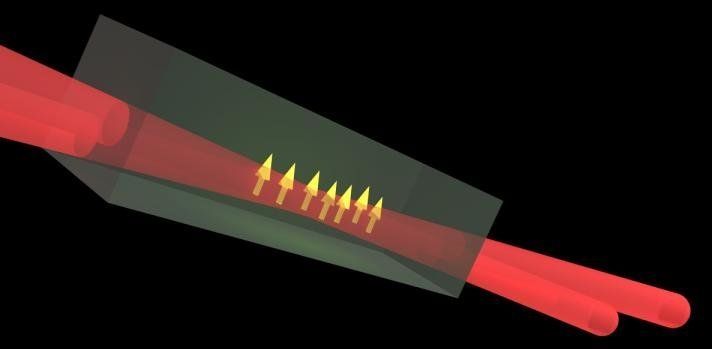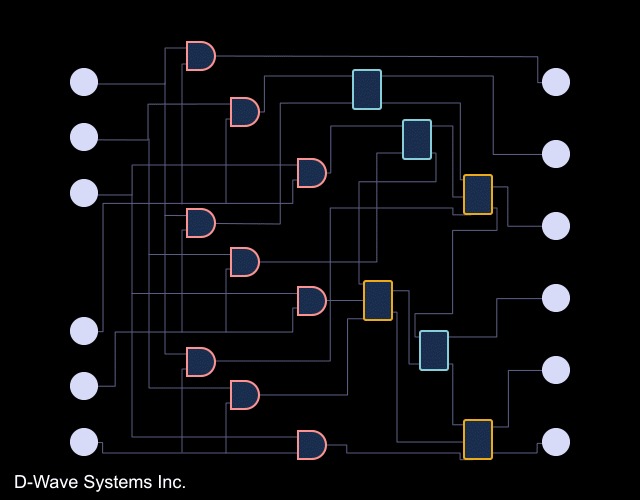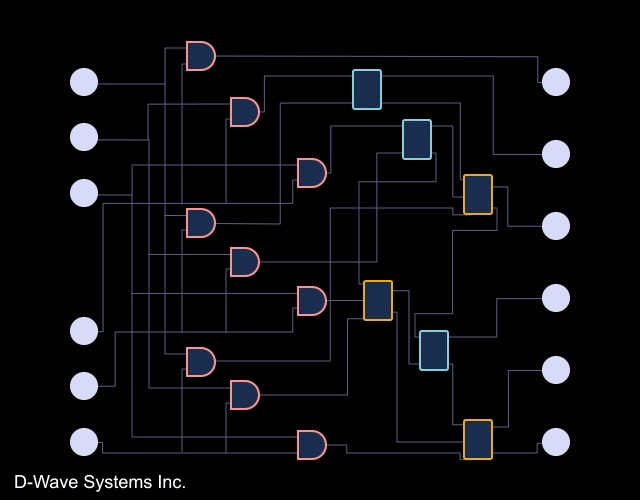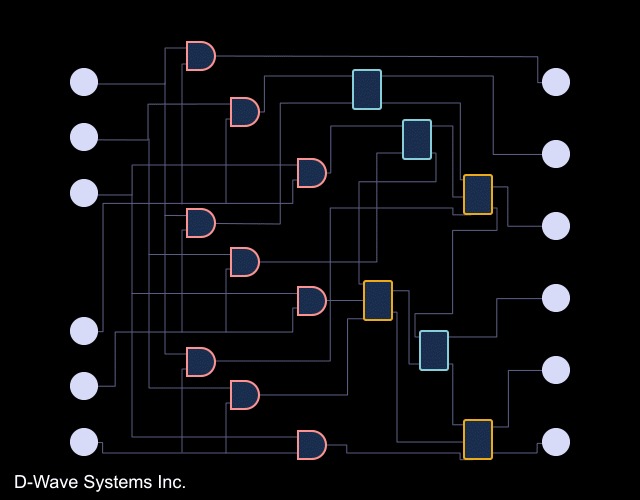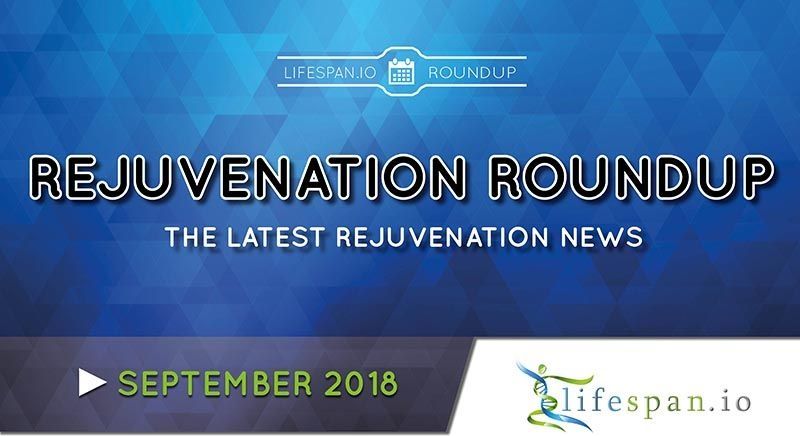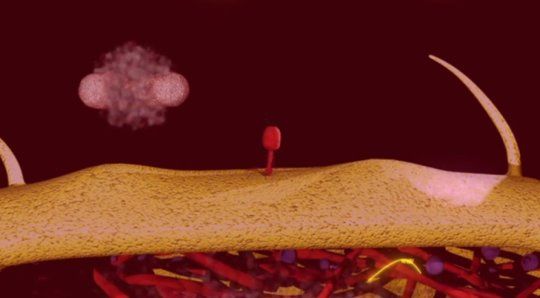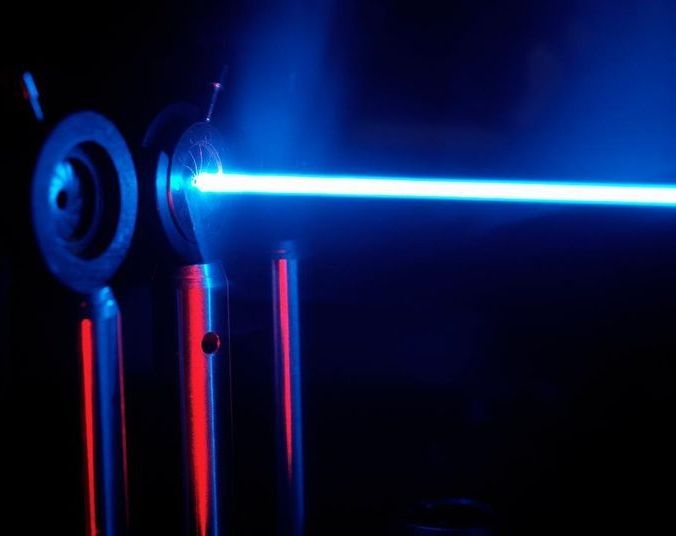The HRP-5P is a humanoid robot from Japan’s Advanced Industrial Science and Technology institute that can perform common construction tasks including — as we see above — install drywall.
HRP-5P — maybe we can call it Herb? — uses environmental measurement, object detection and motion planning to perform various tasks. In this video we see it use small hooks to grab the wallboard and slide it off onto the floor. Then, with a bit of maneuvering, it’s able to place the board against the joists and drill them in place.
“By utilizing HRP-5P as a development platform of industry-academia collaboration, it is expected that research and development for practical use of humanoid robots in building construction sites and assembly of large structures such as aircraft and ships will be accelerated,” write the creators.
